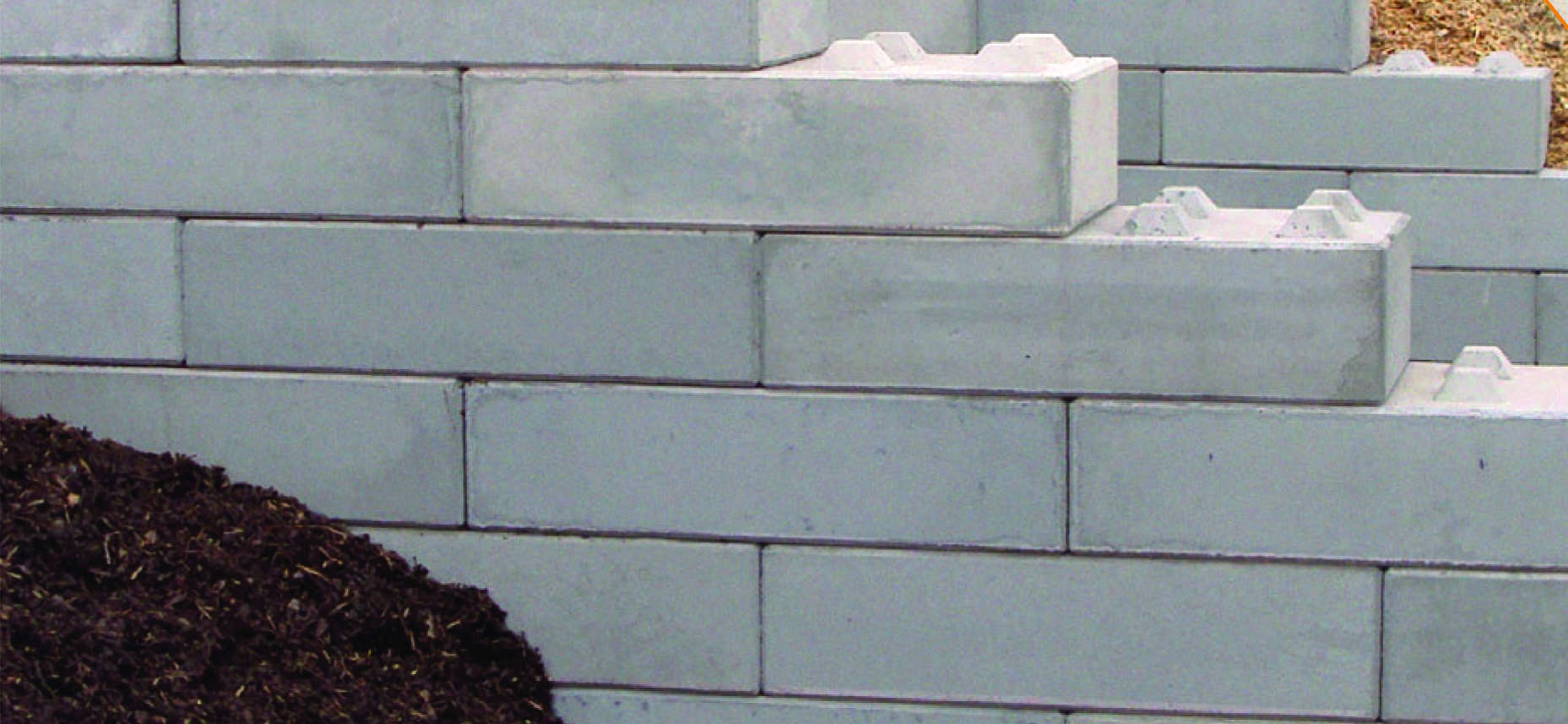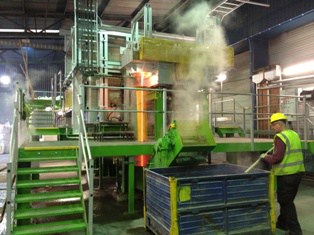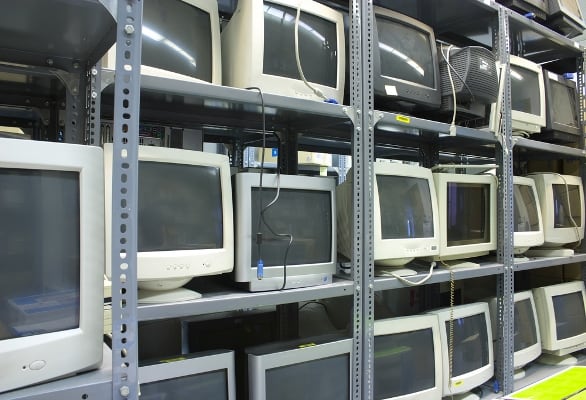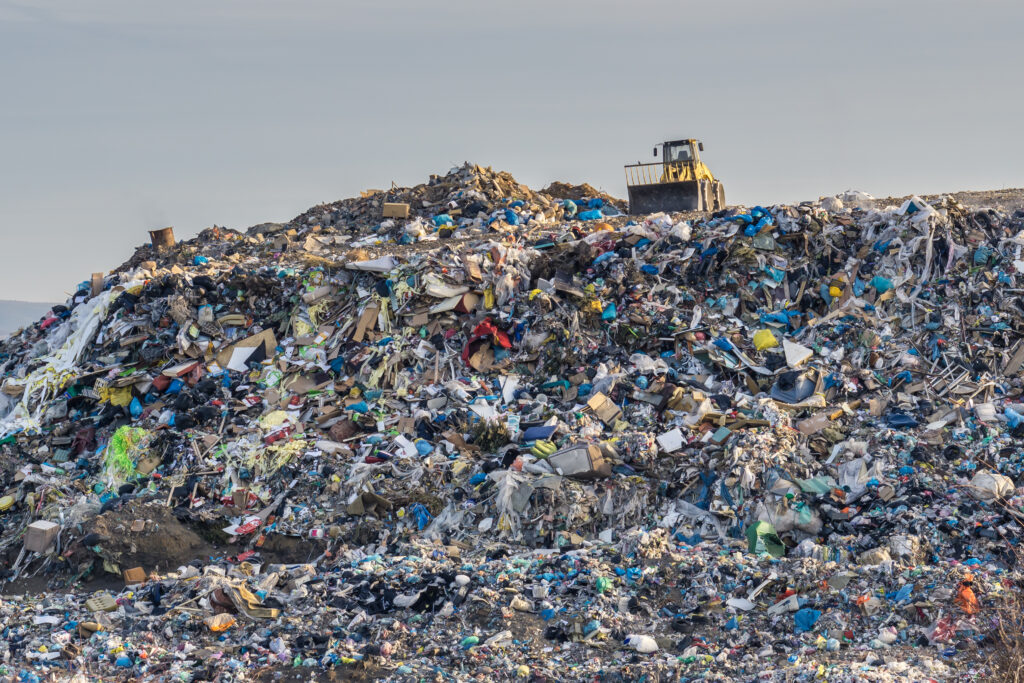The Agency’s involvement follows concerns raised by some UK-based recyclers of glass from cathode ray tubes (CRT).

In April 2014 a group of UK-based WEEE and cathode ray tube (CRT) glass recyclers called on the Agency to ban the export of CRT glass for use in ‘Legioblocks’, an interlocking concrete block product produced by Jansen BV at its facility near Eindhoven in the Netherlands (see letsrecycle.com story).
The CRT recycling firms, who included Lincolnshire-based Environcom and Kent-based SWEEEP Kuusakoski, claimed that allowing the use of unprocessed CRT glass – a hazardous waste stream – in the blocks undermines the processing of the material in the UK. This is because the use of crushed CRT glass as a construction material, as is happening in the Netherlands, would not be permitted by the Environment Agency in the UK.
SWEEEP
In the last month, SWEEEP has closed its £2 million leaded glass furnace, which opened in 2012 (see letsrecycle.com story), as it claims it has been unable to compete with the process employed by Jansen.
The CRT recyclers’ case is backed by precast concrete manufacturers who also object to the material’s use in the UK, and have raised concerns over the quality of the Legioblock product.

Previously the Environment Agency has stated that as Jansen’s process is permitted as a recovery activity by the Dutch authorities, it is unable to prevent the export of CRT glass for use in Legioblocks.
However, the Agency has now told letsrecycle.com that it has asked Jansen to provide more evidence to demonstrate the quality of waste CRT glass that is being used in the products and is restricting import of the product to be done under waste controls.
An Environment Agency spokesman said: “We have heard industry concerns about the suitability of the blocks allegedly containing CRT glass. A small proportion of the blocks that have been imported have failed one set of analysis so we have been in contact with the main company in the Netherlands and the sales team in the UK, and have told them they must provide us with more evidence to demonstrate the quality of the waste being exported.”
The spokesman added: “In the meantime the import of those blocks to the UK will need to be done under waste controls. We are also continuing to work with industry to find appropriate solutions to these challenges.”
Jansen
Representatives of Jansen met with the Environment Agency last week and it is understood that the company views the outcome of the meeting as positive. It is due to make a formal statement next week.

Previously the company has stated: “Jansen is processing CRT glass in accordance with Dutch legislation and Weeelabex. The Legioblocks are manufactured in accordance with the guidelines of the European standard (NEN) EN-15258 and are certified by KIWA, a government qualified organisation.”
Speaking to letsrecycle.com this week, SWEEEP’s managing director Patrick Watts criticised the Environment Agency’s response to the situation.
He said: “The Environment Agency has been looking closely at this case for 18 months, but I am beginning to feel that they have not got the teeth to stop things like this. People are just going to look for the cheapest outlet in another European country that happens to have less stringent regulations.
“We built the furnace to best available treatment standards that requires a gate fee which exceeds the alternative of putting it into concrete blocks.
“But, to be competitive we now have to look for a cheaper outlet for the glass. It costs more to run the furnace than to send the stuff off abroad.”










Subscribe for free